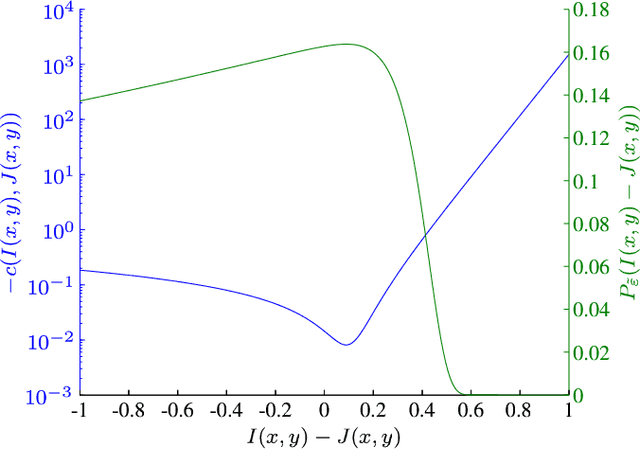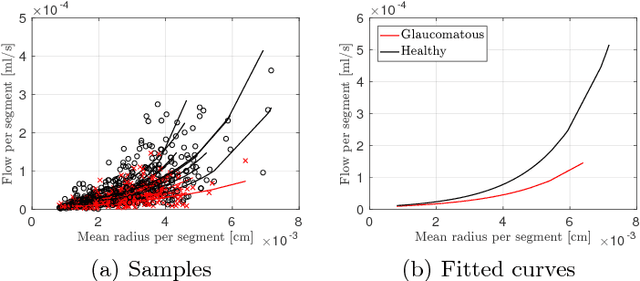Pablo J. Blanco
Noise-specific denoising method with applications to high-frequency ultrasonic images
Jan 21, 2022



Abstract:Denoising is of utmost importance for the visualization and processing of images featuring low signal-to-noise ratio. Total variation methods are among the most popular techniques to perform this task improving the signal-to-noise ratio while preserving coherent intensity discontinuities. In this work, a novel method, termed maximum likelihood data, is proposed, endowing the total variation formulation with the capability to deal with noise-specific models and pre-processing stages for a certain image of interest. To do this, the data fidelity term is modified by means of a maximum likelihood estimator between the original and the denoised image. To assess the improvements of the proposed method with respect to the total variation formulation, we study the denoising of high-frequency ultrasonic images on in-silico and in-vivo setups. The proposed method delivered a better contrast, preservation and localization of the structures while diminishing the intensity bias of the total variation formulation for the multiplicative noise. The enhancement of medical images through denoising helps to improve the outcome of subsequently applied image processing such as registration and segmentation procedures.
Towards a glaucoma risk index based on simulated hemodynamics from fundus images
Oct 25, 2018


Abstract:Glaucoma is the leading cause of irreversible but preventable blindness in the world. Its major treatable risk factor is the intra-ocular pressure, although other biomarkers are being explored to improve the understanding of the pathophysiology of the disease. It has been recently observed that glaucoma induces changes in the ocular hemodynamics. However, its effects on the functional behavior of the retinal arterioles have not been studied yet. In this paper we propose a first approach for characterizing those changes using computational hemodynamics. The retinal blood flow is simulated using a 0D model for a steady, incompressible non Newtonian fluid in rigid domains. The simulation is performed on patient-specific arterial trees extracted from fundus images. We also propose a novel feature representation technique to comprise the outcomes of the simulation stage into a fixed length feature vector that can be used for classification studies. Our experiments on a new database of fundus images show that our approach is able to capture representative changes in the hemodynamics of glaucomatous patients. Code and data are publicly available in https://ignaciorlando.github.io.
 Add to Chrome
Add to Chrome Add to Firefox
Add to Firefox Add to Edge
Add to Edge